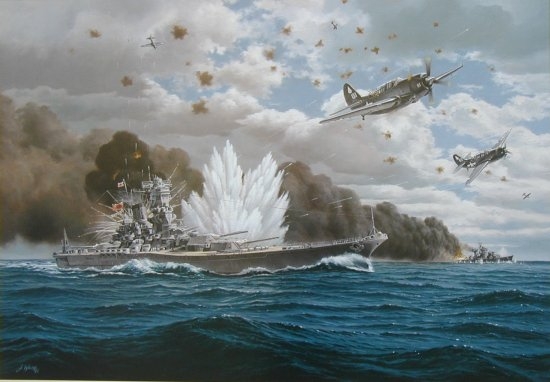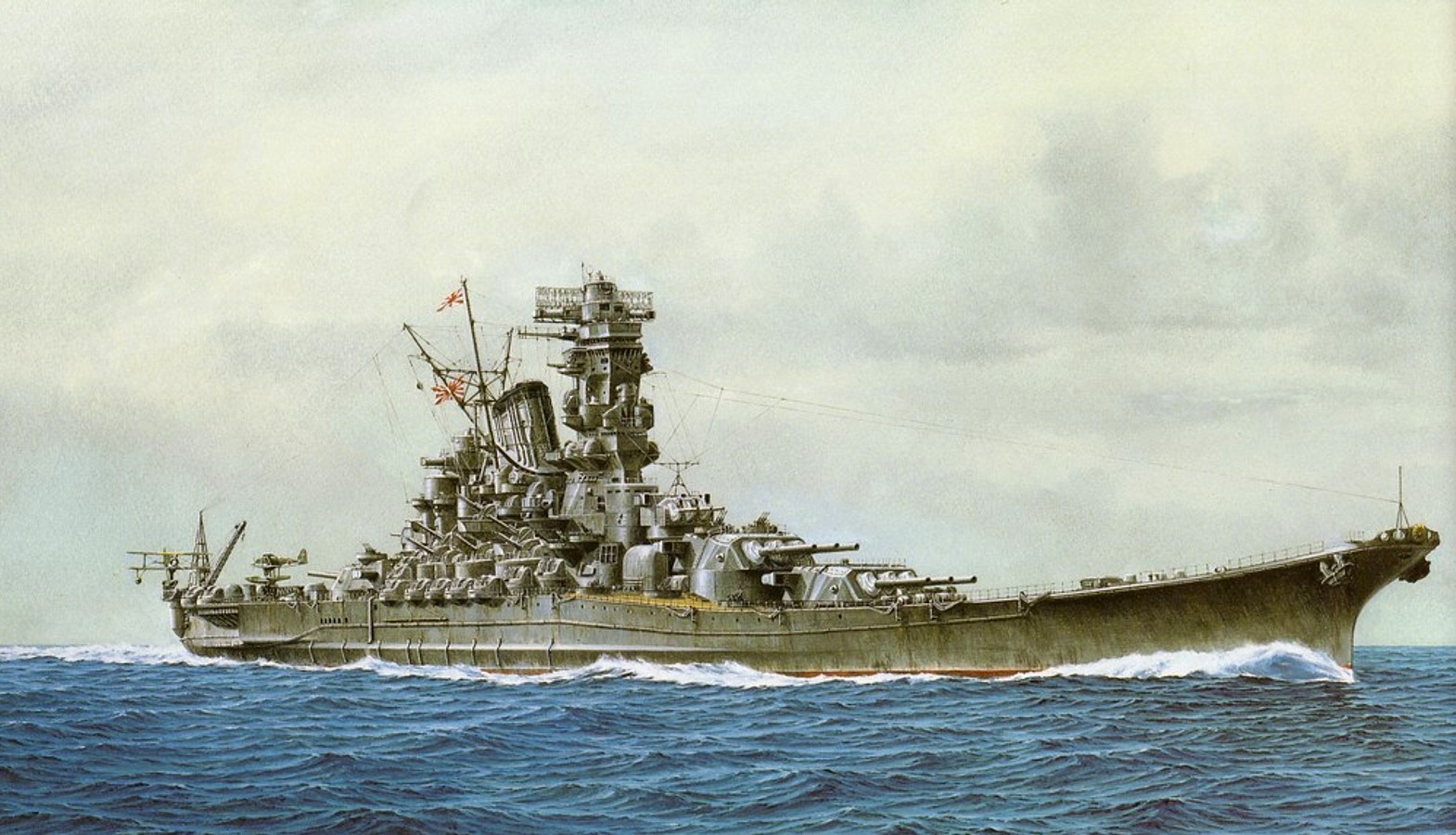

Around the time of his promotion to General of the Infantry in 1905, Count Alfred von Schlieffen recommended that he succeed him as Chief of the Great General Staff but the post ultimately went to Helmuth von Moltke in January 1906.

After a five-year teaching stint at the Kriegsakademie, Hindenburg steadily rose through the army's ranks to become a lieutenant general by 1900. Later in 1885, he was promoted to the rank of major and became a member of the Great General Staff.

In 1873, he was admitted to the prestigious Kriegsakademie in Berlin, where he studied for three years before being appointed to the Army's General Staff Corps. He then saw combat during the Austro-Prussian and Franco-Prussian Wars. Upon completing his education as a cadet, he enlisted in the Third Regiment of Foot Guards as a second lieutenant. Hindenburg was born to a family of minor Prussian nobility in Posen. During his presidency, he played a key role in the Nazi seizure of power in January 1933 when, under pressure from his advisers, he appointed Adolf Hitler as Chancellor of Germany. He later became President of Germany from 1925 until his death. Paul Ludwig Hans Anton von Beneckendorff und von Hindenburg ( pronounced i abbreviated pronounced i 2 October 1847 – 2 August 1934) was a German field marshal and statesman who led the Imperial German Army during World War I.


 0 kommentar(er)
0 kommentar(er)
